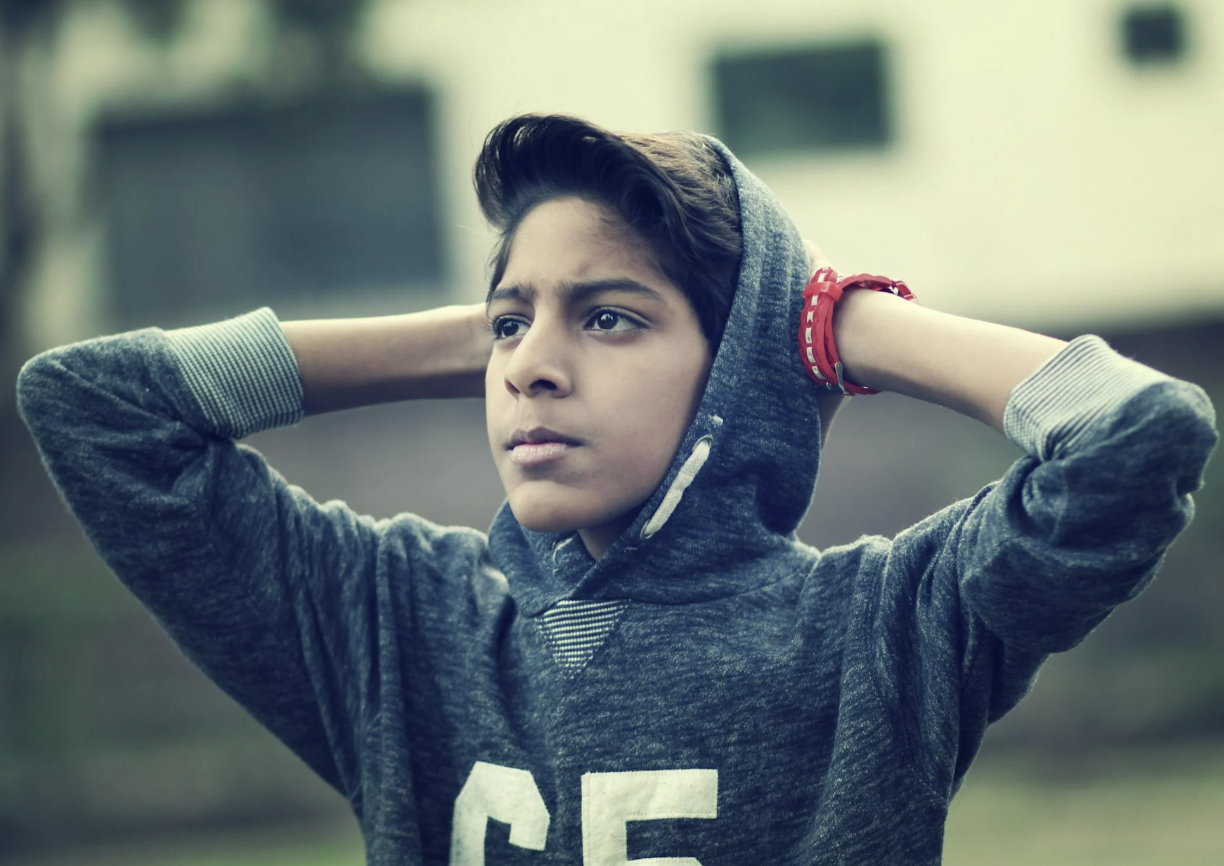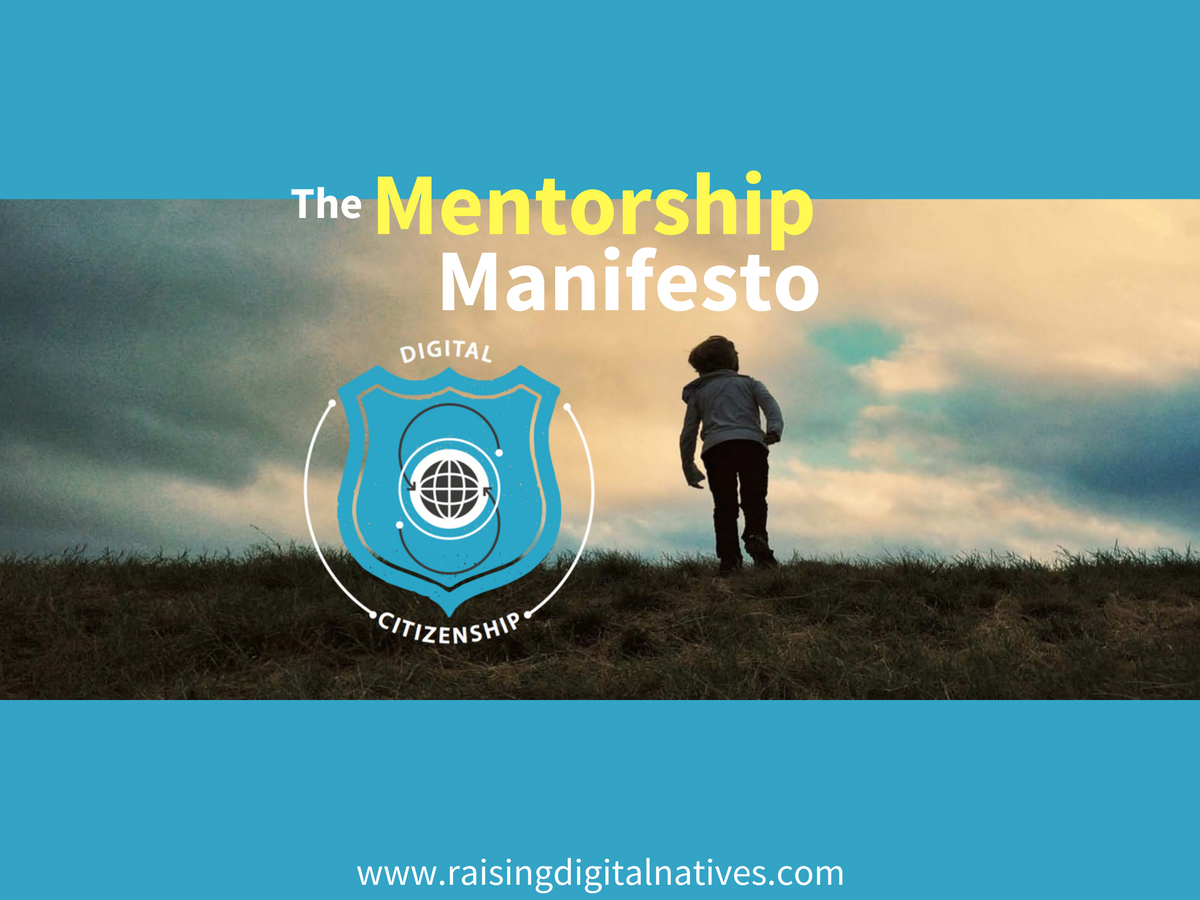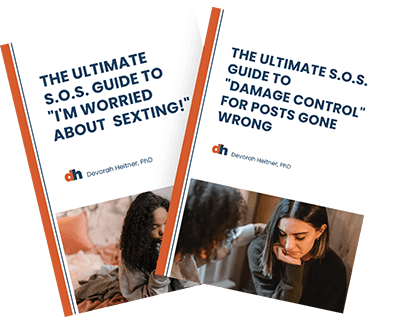Digital Wellness & Mental Health
Most Recent Posts
Kids & Technology, Privacy & Reputation
How Technology is Changing Dating and Romance for Tweens and Teens
Friendship & Digital Etiquette
Decision Day: Should You Post About Where Your Child Is Going to College?
Digital Wellness & Mental Health, Friendship & Digital Etiquette, Parent Worries
The Mentorship Manifesto
Kids & Technology, Privacy & Reputation





